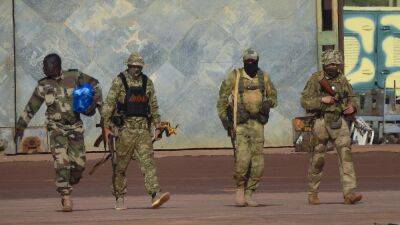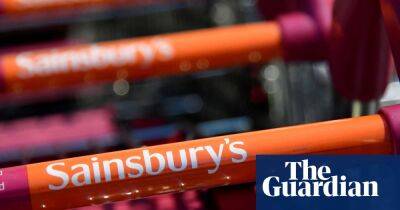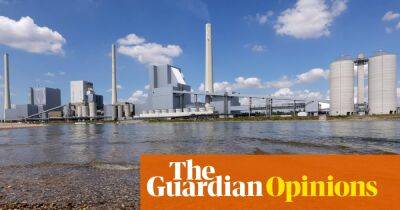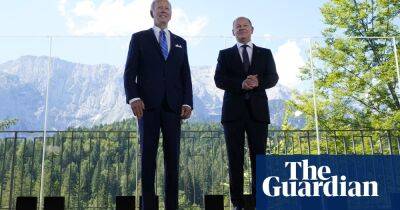Fishing industry still ‘bulldozing’ seabed in 90% of UK marine protected areas
More than 90% of Britain’s offshore marine protected areas are still being bottom-trawled and dredged, two years after analysis of the extent of destructive fishing exposed them as “paper parks”, according to data shared with the Guardian.
The UK’s network of marine parks, set up to safeguard vulnerable areas of the seabed and marine life, is a cornerstone of the government’s target to protect 30% of ocean biodiversity by 2030.
But analysis of fishing vessel tracking data from Global Fishing Watch (GFW) and Oceana, a conservation NGO, found that fishing with bottom-towed gear took place last year on 58 out of 64 offshore “benthic” MPAs, which aim to protect species that live on the seabed. A total of 1,604 vessels, including industrial boats, spent 132,267 fishing hours in these MPAs in the UK, it found.
Vessels with bottom-towed gear – the most destructive type of fishing, involving dragging weighted nets across sea floor habitats – spent at least 31,854 hours in MPAs in 2021. This is likely to be an underestimate, Oceana said, as it could only identify gear type for 837 boats, just over half of those detected, due to a lack of publicly available data. The vast majority were industrial vessels, it said.
When vessels with bottom-towed gear fish in marine parks, it prevents the recovery of ecosystems already lost to decades of exploitation, and limits the seabed’s ability to store carbon and combat the effects of the climate crisis. Greenpeace has described this type of fishing in MPAs as akin to “bulldozing national parks”.
Bottom-trawling is banned in just two MPAs, to date, with another four to be protected in June.
Melissa Moore, head of UK policy at Oceana in Europe, said that Oceana’s analysis “is further proof that this
Read more on theguardian.com





![Bitcoin [BTC]: Miners may be capitulating, but is that all there is to it - ambcrypto.com](https://finance-news.co/storage/thumbs_400/img/2022/6/26/31253_vldc7.jpg)














